Home

Diapering

How to Determine the Right Diaper Size by Age for Your Baby?
In this Article
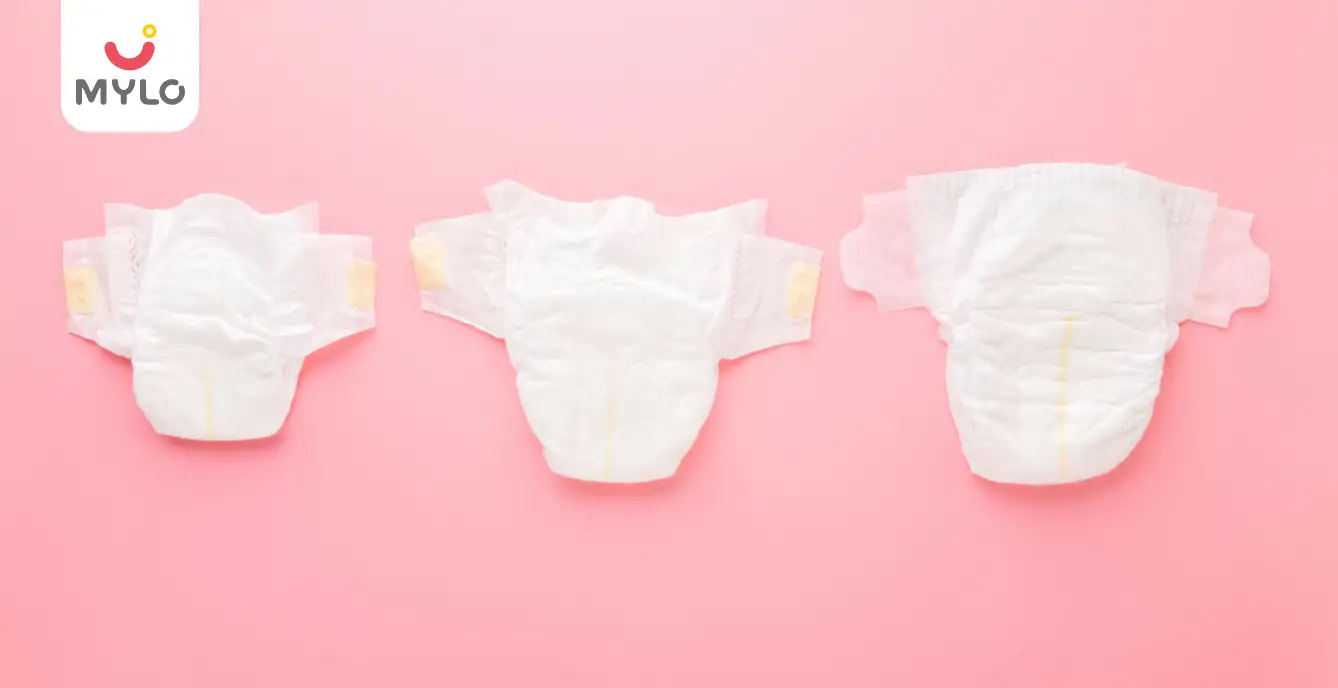
Diapering
How to Determine the Right Diaper Size by Age for Your Baby?
Updated on 10 November 2023
Diapers are an essential part of a baby's life, providing comfort and protection. However, finding the right diaper size for your little one can be a bit challenging. It's crucial to choose the correct size to ensure a snug fit and prevent leaks and discomfort. In this article, we will guide you on how to determine the right diaper size by age for your baby.
What are the different diaper sizes available?
There are various sizes of diapers available in the market, designed to cater to the different stages of a baby's growth. These sizes typically range from newborn to larger sizes suitable for toddlers. The diaper sizing system can vary slightly between brands, but they generally follow the same pattern.
Newborn diapers are usually designed for babies weighing up to 4.5 kilograms. They have a smaller size and a narrower cut to accommodate the delicate needs of newborns. As your baby grows, you will need to switch to larger sizes. The sizes progress in weight increments, such as 1-5 kilograms, 5-8 kilograms, and so on. The largest sizes are typically for babies weighing over 15 kilograms.
Diaper size chart
To determine the right diaper size for your baby, referring to diaper sizes chart by age can be incredibly helpful. This diaper size chart (India) provides a clear guideline based on your baby's weight and age and helps you choose the appropriate size to ensure a secure and comfortable fit.
|
Diaper size |
Average baby weight (kg) |
Average number of diapers needed per day |
How long will the baby be in this size? |
Average age baby might use these diapers |
|
Premature |
1.5-2.5 kg |
as needed |
only while premature |
after birth |
|
Newborn |
2-4.5 kg |
8-12 diapers |
first few weeks |
for the first few weeks |
|
1 |
4-6 kg |
8-10 diapers |
2 months |
1-2 months |
|
2 |
5.5-8 kg |
8-9 diapers |
2 months |
2-4 months |
|
3 |
7.5-10 kg |
6-7 diapers |
3 months |
4-7 months |
|
4 |
9-14 kg |
5-7 diapers |
5 months |
7-12 months |
|
5 |
10-15 kg |
as needed |
6 months |
12-18 months |
|
6 |
16 kg+ | as needed | as needed | 18 months+ |
This chart is just an example, and it's important to note that diaper sizes may vary slightly between brands. Always refer to the specific brand's diaper chart for the most accurate information.
You may also like: Baby Weight Chart: An Indian Parent's Guide to Growth Patterns
Diaper size chart in kg
Some diaper brands provide a diaper size weight chart, which can be particularly useful if you prefer using the metric system. Here's an example of a diaper size chart in kilograms:
|
Diaper size |
Recommended age |
Weight (kg) |
|
Newborn |
Newborn up to first few weeks |
< 4.5 kg |
|
Size 1 |
1-2 months |
4-6 kg |
|
Size 2 |
2-4 months |
5.5-8 kg |
|
Size 3 |
4-7 months |
7.5-10 kg |
|
Size 4 |
7-12 months |
9-14 kg |
|
Size 5 |
12-18 months | 10-15 kg |
|
Size 6 |
18 months+ | 16 kg+ |
Using a diaper chart allows for a more precise measurement, ensuring you choose the right diaper size for your baby's weight.
You may also like: Baby Milestones: A Week-By-Week Guide to Your Baby’s Development in the First Year
Tips for finding the perfect diaper size by age
Finding the perfect diaper size for your baby can sometimes feel like a trial-and-error process. Here are seven tips to help you find the right fit:
1. Refer to the diaper size chart
Always consult the diaper sizes chart by age and weight provided by the brand you choose. It will guide you in selecting the appropriate size based on your baby's weight and age.
2. Consider your baby's body shape
Every baby is unique, and their body shape may vary. Some babies may have chunkier thighs or a rounder belly. Take these factors into account when selecting a diaper size to ensure a comfortable and secure fit.
3. Check for red marks and leaks
If you notice red marks on your baby's skin or frequent leaks, it may be an indication that the diaper is too tight or too small. Consider moving up to the next size.
4. Observe the waistband fit
The waistband of the diaper should fit snugly but not be too tight. It should sit comfortably around your baby's waist without leaving any marks.
5. Check the leg openings
The leg openings should have a gentle, yet secure, fit. Ensure that the diaper is not too tight around your baby's thighs, as it may cause discomfort.
6. Monitor the absorbency
If you find that the diaper is frequently leaking or unable to contain your baby's urine, it may be a sign that you need to switch to a larger size with better absorbency.
7. Keep track of growth spurts
Babies grow rapidly during their first year. Keep an eye on your baby's weight and make adjustments to the diaper size accordingly.
FAQs
1. How often should I change my baby's diaper?
It is recommended to change your baby's diaper every two to three hours, or as soon as it becomes soiled. Regular diaper changes help prevent diaper rash and maintain hygiene.
2. Can I use a larger-sized diaper to avoid frequent changes?
While using a larger-sized diaper occasionally may seem convenient, it can lead to leaks and discomfort for your baby. It's best to use the appropriate-sized diaper to ensure a proper fit and maximum absorbency.
3. What if my baby's weight falls between two sizes on the diaper size weight chart?
In such cases, it's generally recommended to go with the larger size. A slightly bigger diaper will provide a better fit and prevent leaks. However, if you notice any discomfort or gaps around the waist or leg openings, consider trying the smaller size.
4. Are diaper sizes the same across all brands?
Sizes may vary slightly between brands, so it's crucial to refer to the specific brand's diaper size chart in kg for accurate sizing information.
5. What are the signs your baby needs a bigger diaper size?
If the current diaper is not covering the bottom of the baby or if there are any red marks on the thighs and stomach of the baby, the baby needs a bigger diaper size.
6. Why do leaks and blowouts happen, and how to stop them?
Leaks and blowouts happen when the diaper does not fit the baby properly. If the diaper fills up quickly, it is time to choose a bigger diaper size.
Key Takeaways
Choosing the right diaper size by age for your baby is essential for their comfort and protection. Refer to a diaper size chart provided by the brand to determine the appropriate size based on your baby's weight and age. Consider your baby's body shape, check for red marks and leaks, and ensure a secure fit around the waist and leg openings. Regularly monitor your baby's growth and adjust the diaper size accordingly. By following these tips, you can find the perfect diaper size for your little one and ensure a happy and dry experience for both of you.
Trending Articles
Baby's Stool | Baby Gas | Baby Cry | Why Newborn Baby Cry at Night
Popular Articles
Diaper Change Time | Diaper Rash Types | Cloth Diapers vs Disposable Diapers | Potty Training

Mylo Baby Diaper Pants (S) Size – 12-Hour Leak-Proof Protection for Happy Babies
Lightweight | Rash Free | 12 Hours Protection | ADL Technology
₹ 423

4.4
(81789)


99188 Users bought



Written by
Priyanka Verma
Priyanka is an experienced editor & content writer with great attention to detail. Mother to an 11-year-old, she's a ski
Read MoreGet baby's diet chart, and growth tips
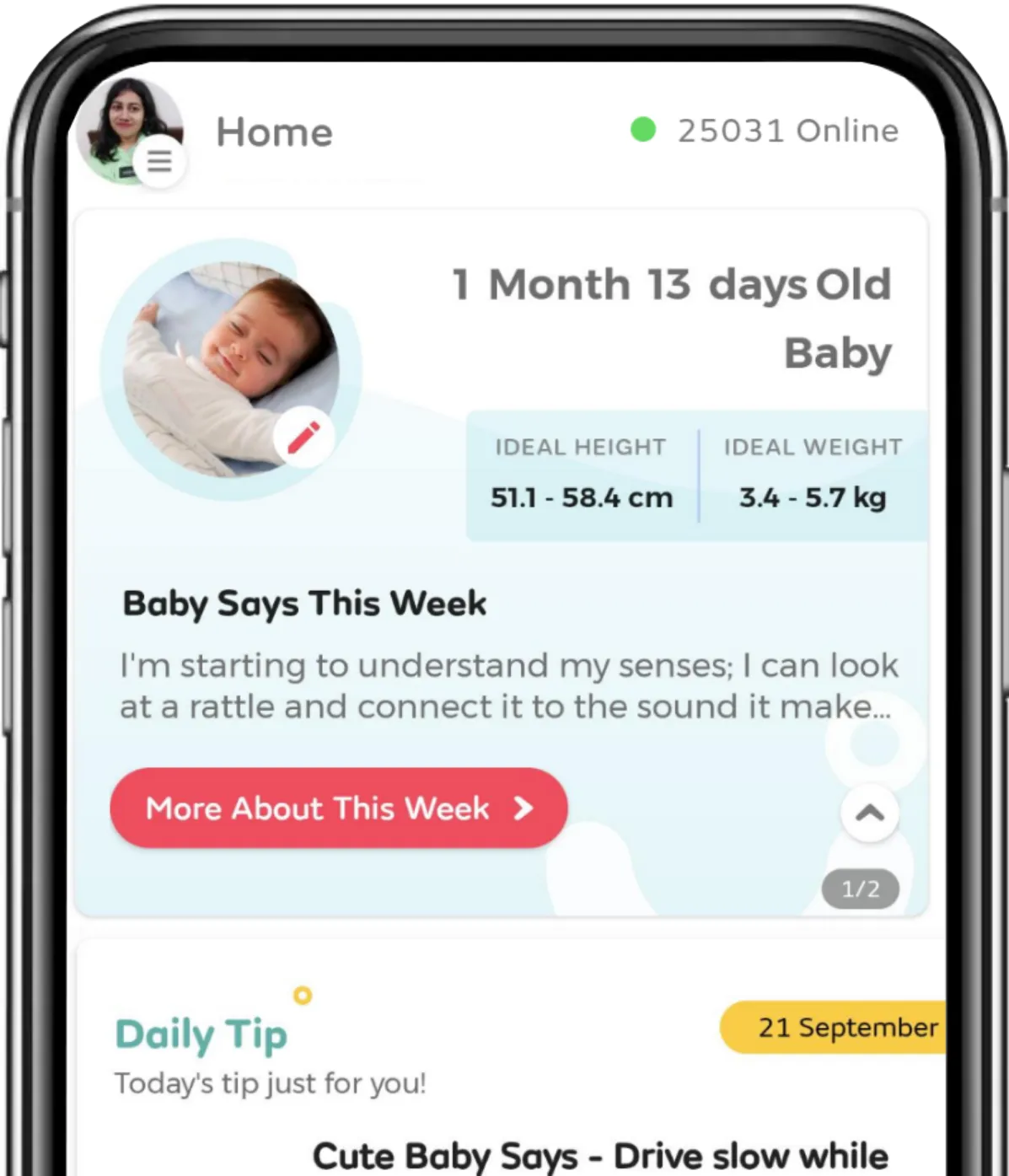
Related Articles
Related Topics
RECENTLY PUBLISHED ARTICLES
our most recent articles

Diet & Nutrition
Sabja Seeds During Pregnancy: Benefits & Side Effects
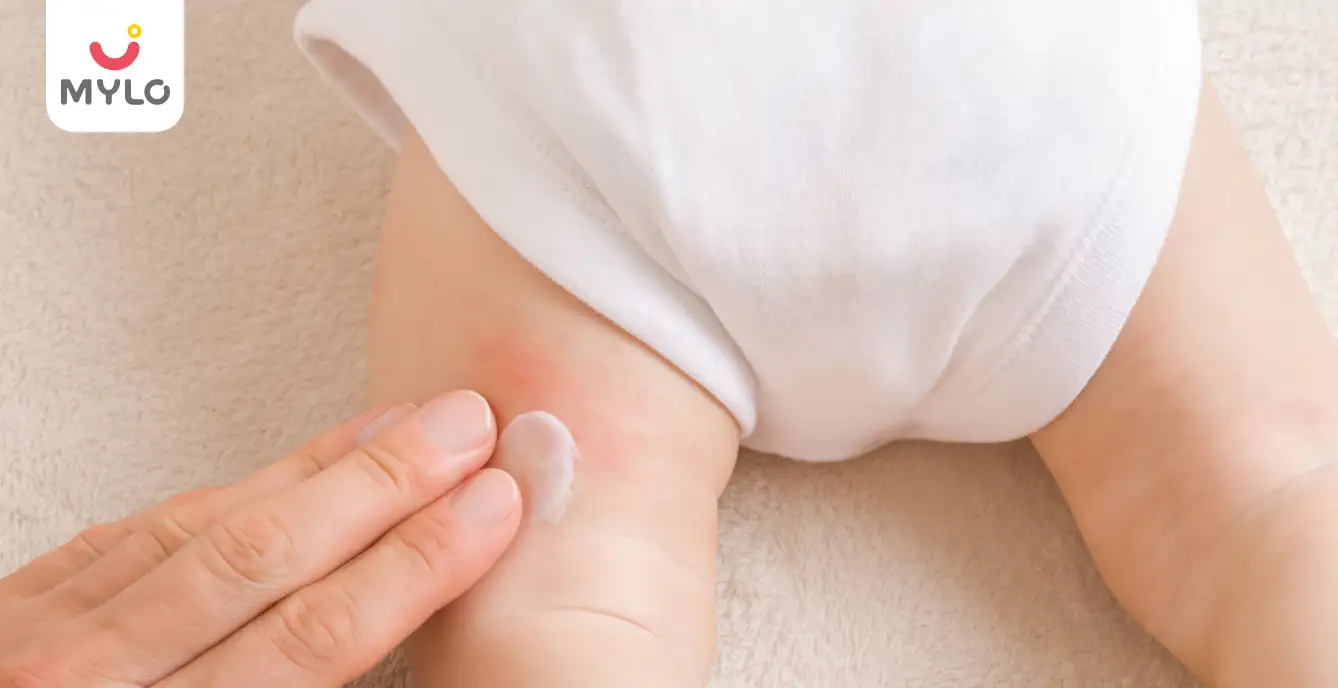
Rashes
Newborn Diaper Rash: Causes, Treatment and Prevention Tips
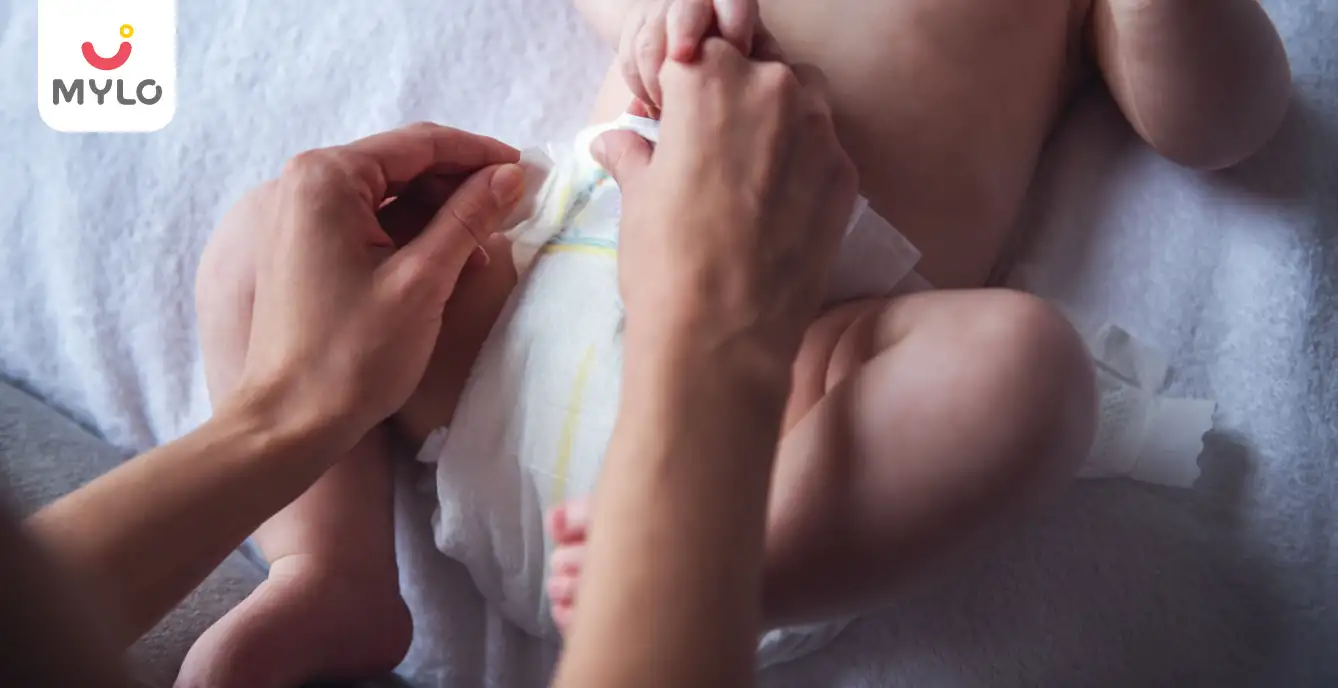
Diapering
New Born Baby Diapers: Understanding the Quantity and Sizing Needs of Your Little One

PCOS & PCOD
The Ultimate Guide to Supplementing with Omega 3 for PCOS
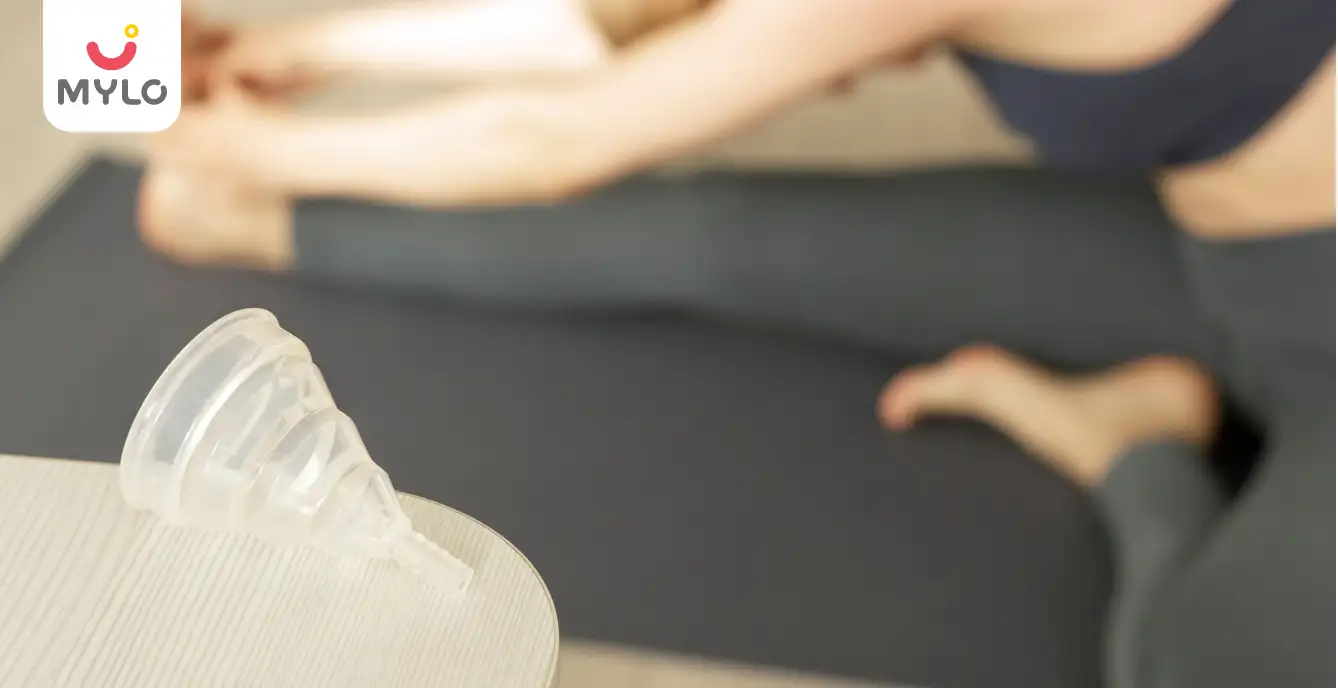
Exercise & Fitness
The Ultimate Guide to Safe and Effective Exercise in Periods
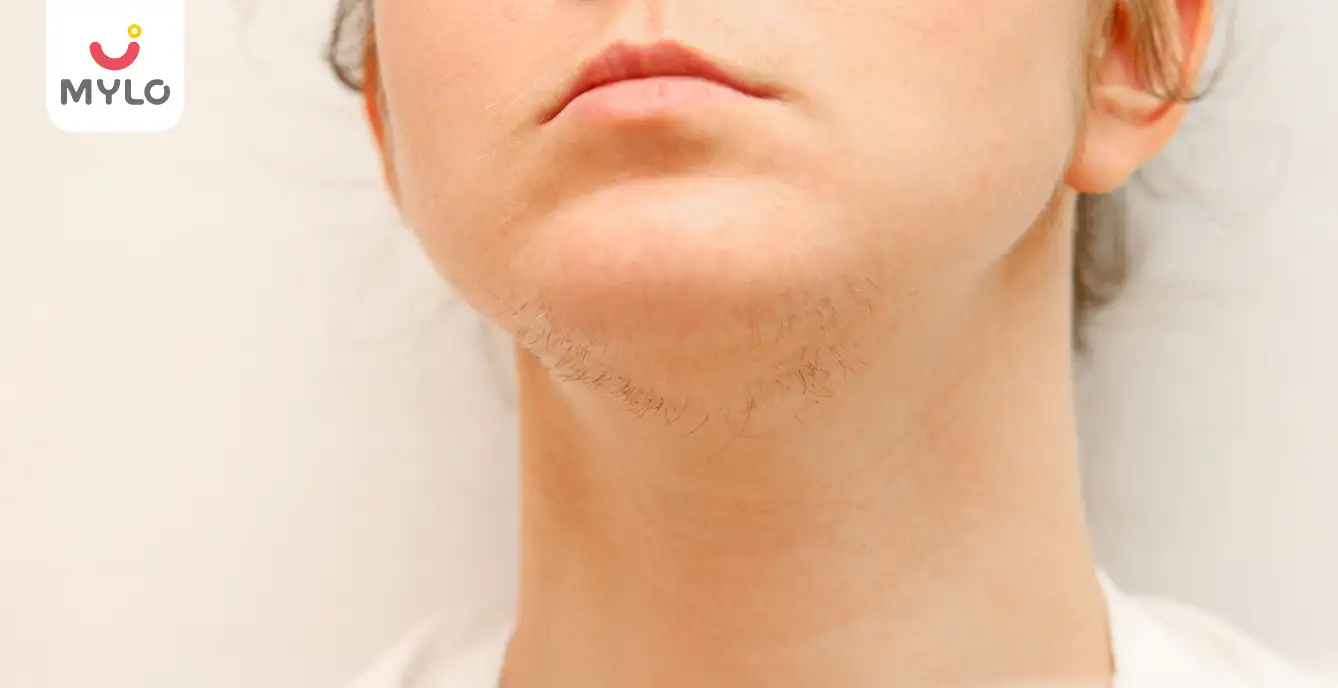
PCOS & PCOD
PCOS Hair Growth: Causes, Symptoms, and Effective Treatment Options
- Endometrial Hyperplasia: The Ultimate Guide to Understanding Its Causes and Treatment
- Lights, Camera, Baby Bump: Movies to Watch During Pregnancy
- Squat During Pregnancy Benefits & Precautions
- The Ultimate Guide to Thyroid Treatment in Ayurveda
- Ayurvedic Treatment for Acne: Holistic Healing for Clear Skin
- Gokshuradi Guggulu: Ayurveda's Solution for UTI and Kidney Support
- The Surprising Benefits of Dark Chocolate for Periods
- How to Reduce Air Pollution in Your Daily Life
- Normal Prolactin Levels to Get Pregnant: What You Need to Know
- What Causes Low HCG Levels in Early Pregnancy & How to Increase It?
- Top 10 Babymoon Destinations in India for Expecting Parents
- Understanding the Reasons & Solutions for a Baby Not Eating Food
- The Ultimate Guide on How to Delay Periods Naturally
- গর্ভাবস্থায় আলুবোখরা: উপকারিতা ও ঝুঁকি | Prunes During Pregnancy: Benefits & Risks in Bengali


AWARDS AND RECOGNITION

Mylo wins Forbes D2C Disruptor award

Mylo wins The Economic Times Promising Brands 2022
AS SEEN IN
















- Mylo Care: Effective and science-backed personal care and wellness solutions for a joyful you.
- Mylo Baby: Science-backed, gentle and effective personal care & hygiene range for your little one.
- Mylo Community: Trusted and empathetic community of 10mn+ parents and experts.
Product Categories
baby carrier | baby soap | baby wipes | stretch marks cream | baby cream | baby shampoo | baby massage oil | baby hair oil | stretch marks oil | baby body wash | baby powder | baby lotion | diaper rash cream | newborn diapers | teether | baby kajal | baby diapers | cloth diapers |








